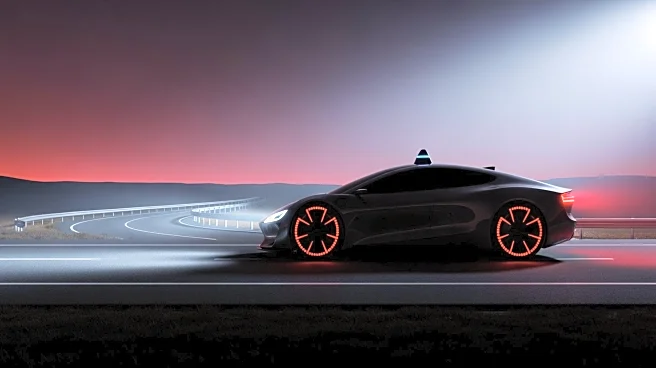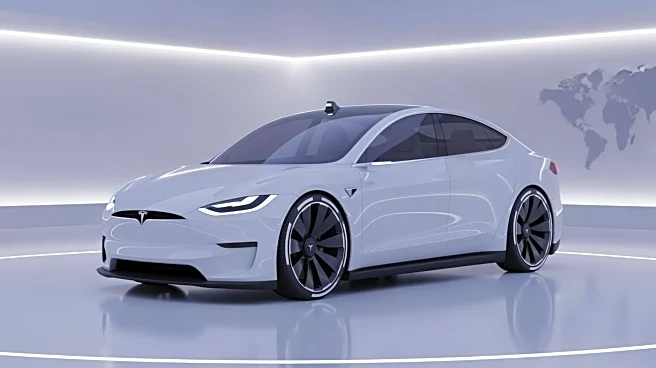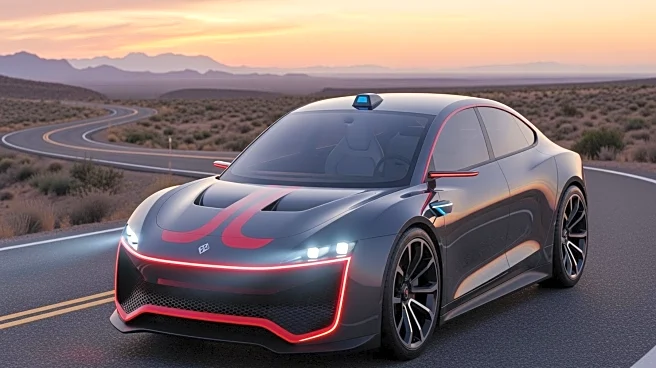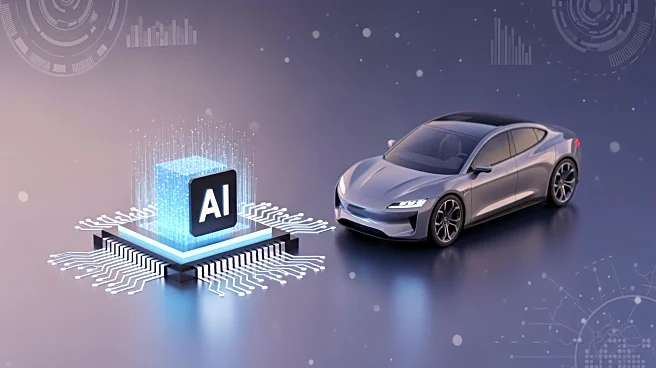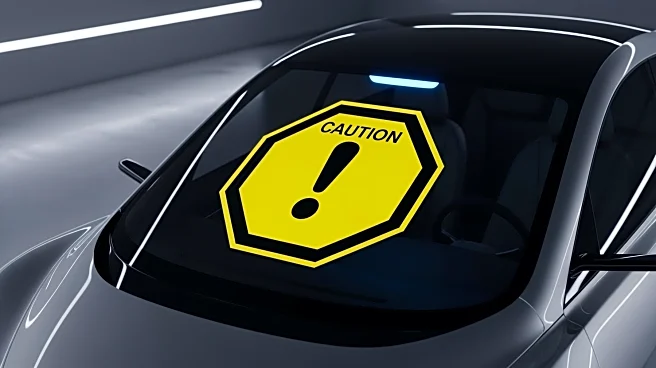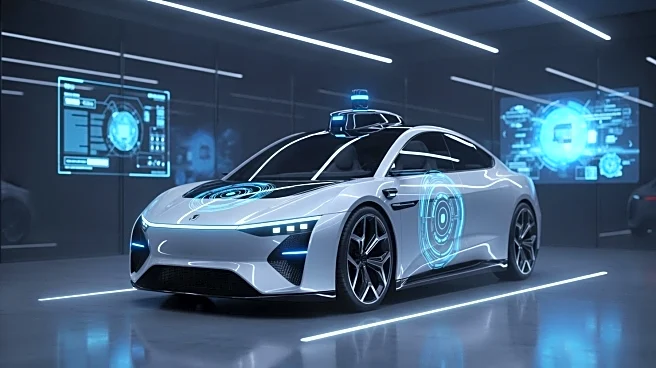What's Happening?
Tesla has updated its Full Self-Driving (FSD) system to include a new 'Mad Max' mode, which allows for more aggressive driving behaviors such as higher speeds and swift lane changes. This mode is the most
assertive setting available, surpassing the previous 'Hurry' mode. The 'Mad Max' mode, named after a post-apocalyptic film series, was initially introduced in 2018 as part of Tesla's Autopilot system. It is currently accessible to Early Access testers, enabling faster acceleration and more determined driving through traffic. Feedback from users suggests that the mode allows speeds up to 85 mph, enhancing the driving experience by reducing frustration in everyday scenarios. This update is seen as a significant step in Tesla's autonomous driving ambitions, showcasing increased confidence in its technology.
Why It's Important?
The introduction of the 'Mad Max' mode in Tesla's FSD system highlights the company's ongoing efforts to advance autonomous driving technology. By allowing more aggressive driving, Tesla aims to improve the efficiency and effectiveness of its vehicles in complex traffic situations. This development could influence the broader automotive industry, pushing competitors to enhance their own autonomous systems. However, it also raises concerns about safety and regulatory compliance, as the mode permits driving behaviors that may conflict with speed limits and traffic laws. The impact on public policy and road safety standards could be significant, prompting discussions among lawmakers and safety advocates about the implications of such technology.
What's Next?
As Tesla continues to refine its Full Self-Driving capabilities, the company may face scrutiny from regulators and safety organizations regarding the 'Mad Max' mode. Potential reactions could include calls for stricter regulations on autonomous driving features and increased oversight to ensure compliance with traffic laws. Tesla's competitors may also respond by accelerating their own autonomous driving innovations to keep pace with Tesla's advancements. Additionally, consumer feedback and real-world testing will likely influence future updates and modifications to the FSD system, as Tesla seeks to balance performance with safety.
Beyond the Headlines
The introduction of aggressive driving modes like 'Mad Max' raises ethical questions about the role of technology in shaping driving behaviors. As autonomous systems gain more control over vehicle operations, the responsibility for safe driving shifts from humans to machines, challenging traditional notions of accountability. This shift could lead to broader cultural changes in how society views driving and transportation, potentially affecting insurance models, liability laws, and driver education. The long-term implications of such technology may redefine the relationship between humans and machines in the context of mobility.
